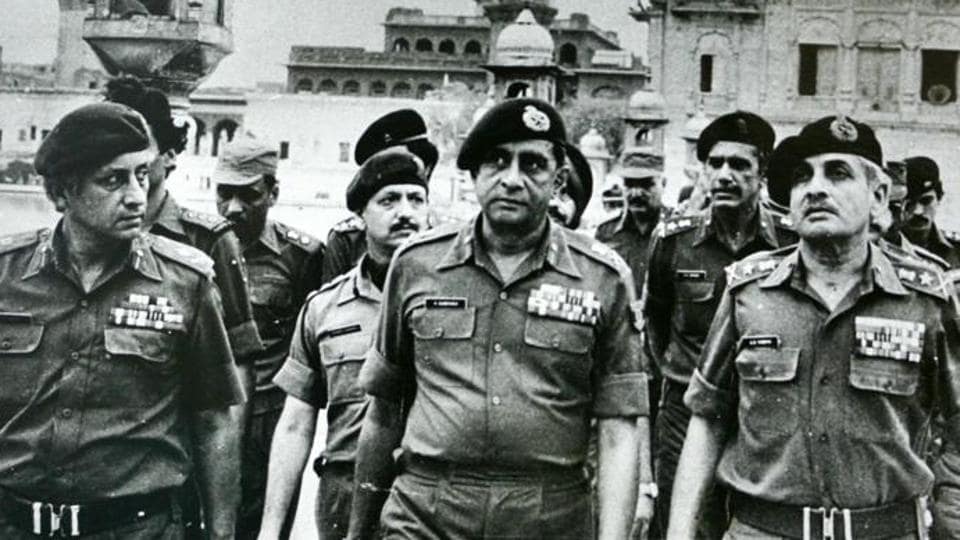The Khalistan movement is a separatist movement seeking to create a homeland for Sikhs by establishing an ethno‐religious sovereign state called Khalistan. The movement has its roots in the partition of India in 1947, when the Sikh-majority Punjab province was divided between India and Pakistan. Many Sikhs felt that they were not getting their fair share of representation in the Indian government, and that their culture and religion were being threatened.
Thank you for reading this post, don't forget to subscribe!
In the early 1980s, the Khalistan movement became more militant, and there was an increase
In the early 1980s, the Khalistan movement became more militant, and there was an increase in violence between Sikh separatists and the Indian government. In 1984, the Indian government launched Operation Blue Star, a military operation to flush out Sikh militants from the Golden Temple, the holiest Sikh shrine. The operation resulted in the deaths of hundreds of Sikhs and caused widespread damage to the temple.
![[Image of Indian soldiers during Operation Blue Star]](http://freshnewspoint.com/wp-content/uploads/2023/09/1ac5002c-695a-11e8-af35-5e950c6035ab-300x169.jpg) [Image of Indian soldiers during Operation Blue Star] (Image source: www.hindustantimes.com)
[Image of Indian soldiers during Operation Blue Star] (Image source: www.hindustantimes.com)India’s concerns about the Khalistan movement
The Indian government is deeply concerned about the Khalistan movement, for a number of reasons. First, it sees the movement as a threat to India’s territorial integrity. If Khalistan were to succeed in seceding from India, it would set a dangerous precedent for other separatist movements in the country.
Second, the Indian government is concerned about the potential for violence and instability if the Khalistan movement were to gain more support. The movement has a history of violence, and the Indian government fears that this violence could escalate if the movement were to grow.
![[Image of the Golden Temple, Amritsar]](http://freshnewspoint.com/wp-content/uploads/2023/09/1200px-The_Golden_Temple_of_Amrithsar_7-300x200.jpg) [Image of the Golden Temple, Amritsar] (Image source: en.wikipedia.org)
[Image of the Golden Temple, Amritsar] (Image source: en.wikipedia.org)Third, the Indian government is concerned about the impact of the Khalistan movement on India’s international relations. The movement has a large diaspora following in countries like Canada and the United Kingdom, and the Indian government fears that these diaspora communities could support the movement’s goals.
Recent developments
In recent years, there has been a resurgence of interest in the Khalistan movement, both in India and abroad. This is due in part to the rise of social media, which has made it easier for Khalistan supporters to connect with each other and spread their message.
In India, the Modi government has taken a hard line against the Khalistan movement. In 2019, the government designated the Khalistan Liberation Force as a terrorist organization. The government has also cracked down on Sikh activists and organizations that it suspects of supporting the Khalistan movement.
The Modi government’s crackdown on the Khalistan movement has been criticized by some human rights groups, who argue that the government is violating the rights of Sikhs. However, the government has defended its actions, arguing that it is necessary to protect India’s national security.
Conclusion
The Khalistan movement is a complex issue with no easy solutions. The Indian government is deeply concerned about the movement’s potential to threaten India’s territorial integrity, stability, and international relations. However, the government’s crackdown on the movement has been criticized by some human rights groups.
It is important to note that the vast majority of Sikhs do not support the Khalistan movement. However, the Indian government’s concerns about the movement are understandable. The government will need to find a way to balance its security concerns with the rights of Sikhs.


Good post! We will be linking to this particularly great post on our site. Keep up the great writing